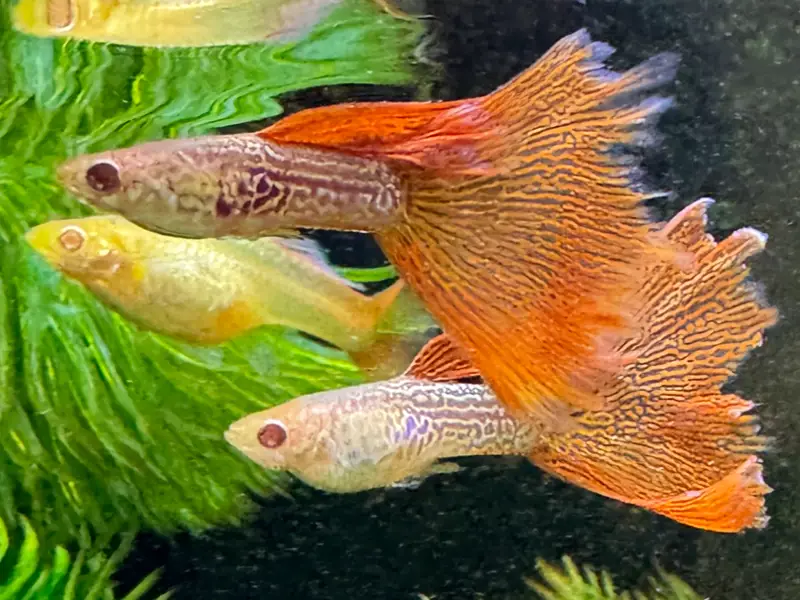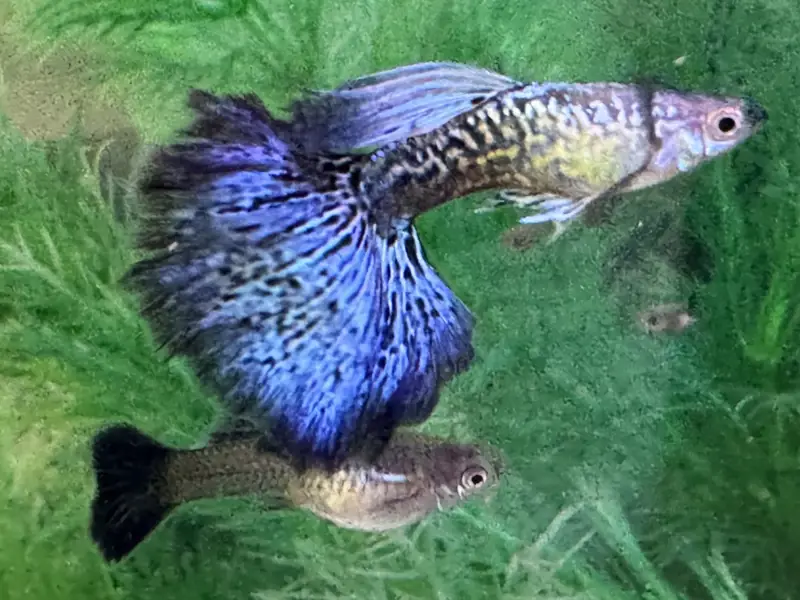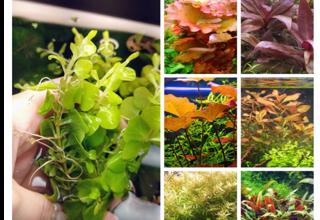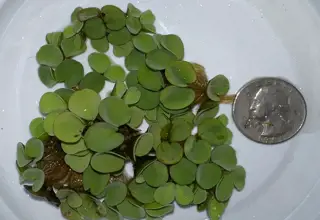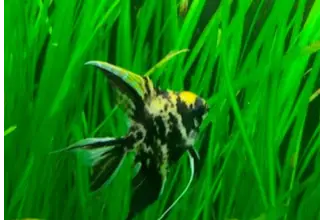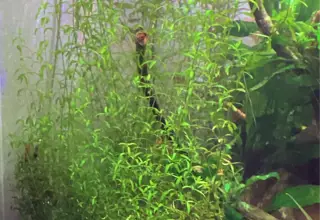Dwarf Hairgrass vs Dwarf Baby Tears: Pros and Cons
Posted by on 07/30/2023
Dwarf hairgrass and dwarf baby tears are two of the most popular carpeting plants in the aquascaping scene. Both plants exude a vibrant green coloration and complement both Iwagumi and Dutch aquascapes. If you’re deciding between the two, there are some advantages and disadvantages you should be aware of.
In this post, we’ll outline the pros and cons of owning both Dwarf Hairgrass and Dwarf Baby Tears, so that you can decide on a foreground plant that’s right for you.
Table of Contents
January's Giveaways on Light Fish
Dwarf Hairgrass
Dwarf Hairgrass (scientific name: Eleocharis parvula) is the most common Elocharis species seen in the aquarium hobby. It’s one of the few foreground carpeting plants that closely resemble grass seen outdoors. Another species, known as mini dwarf hairgrass, is also used in the aquarium hobby but tends to be a bit harder to find for sale.
Pros
Dwarf Hairgrass is an attractive-looking plant that’s easy to care for, but aquascapers considering this plant will want to know about some of its best features.
Easy To Trim
While some consider trimming plants to be a therapeutic process, others may find the task to be an inconvenient part of plant keeping. Luckily for dwarf hairgrass owners, trimming is a breeze, and cut portions can easily be swept up with a net or replanted into the substrate.
Best of all, frequent trimming will promote runners, allowing the aquascaper to quickly carpet the bottom of their tank.
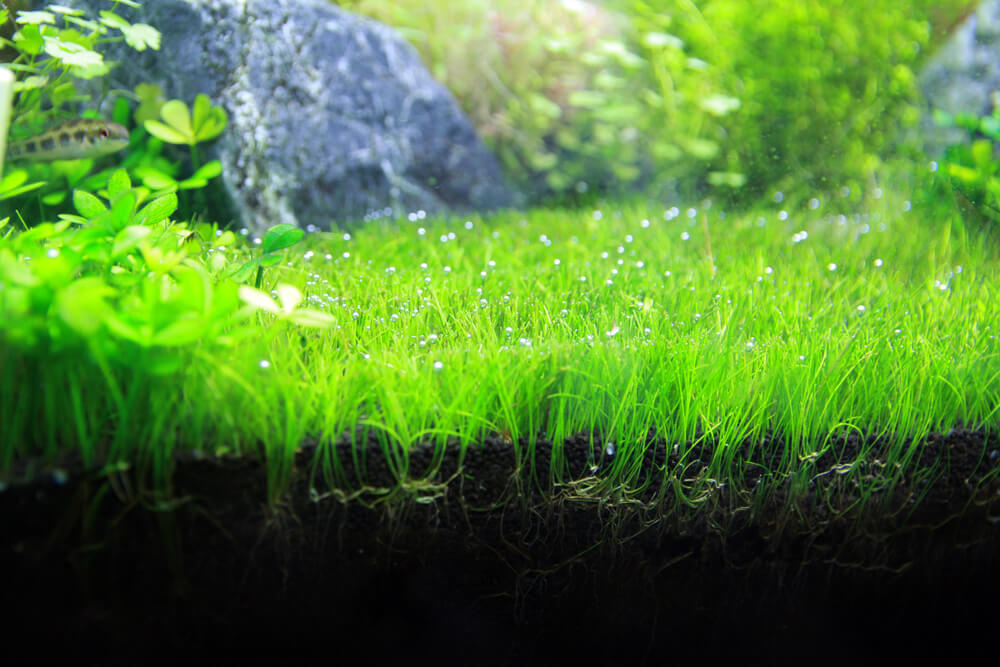
Lawn-like Appearance
Dwarf hairgrass doesn’t disappoint when it comes to replicating a lawn-like look. Once this plant has fully established itself, the results are quite impressive, and on-lookers will be impressed by the feng-shui provided by an aquatic lawn.
Can survive in medium-light conditions
One of the first steps in combating algae is to reduce or lower your light intensity, but this can result in a die-off for plants that require high levels of light to thrive.
Luckily, dwarf hairgrass can exist comfortably in medium-light conditions, which can come in handy if you need to prevent algae from taking hold.
Cons
While we’ve covered some of the positives, there are a few cons to owning dwarf hairgrass.
Pest snails or invasive plants can disappear amongst the leaves
Small portions of invasive plant species, such as Utricularia, and even Java Moss, can establish themselves amongst the needle-like leaves of dwarf hairgrass. Pest snails may also be found along the base of the plant, making their removal a bit difficult.
Due to the plant’s vertical, needle-like growth, it will be harder to remove an invasive species compared to carpeting plants with horizontal growth. When possible, always quarantine or carefully inspect new additions to your tank, and alum dip any new plant additions when possible.
Can be hard to fully remove
If you’re looking to rebuild your tank or switch up your tank design, it may be difficult to fully remove dwarf hairgrass. The small, needle-like leaves of this plant can easily find their way into different parts of your tank. While it won’t be as difficult to remove as Java Moss, it will likely take a few days, or weeks to pull out each plant's leaves.
Dwarf Baby Tears
Dwarf Baby Tears (scientific name: Hemianthus callitrichoides) hails from the riverbeds of the West Indies and has quickly become one of the most popular aquarium foreground plants.
Hobbyists considering the species as their next tank addition should be well-versed in some of the pros and cons of owning the species.
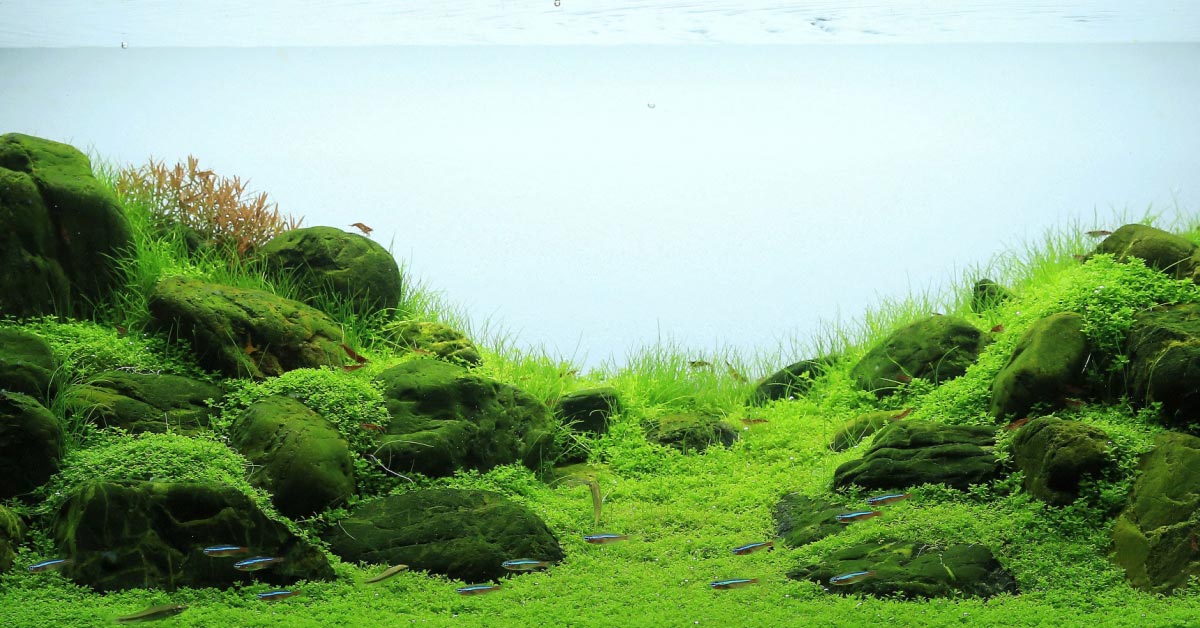
Pros
Dwarf Baby Tears are a popular carpeting plant for a reason - hobbyists are always looking to pick up a few bundles of this captivating plant.
Bright Lime Green Coloration
Dwarf Baby Tears produces some of the brightest lime-green colorations out of almost every foreground plant. Compared to Dwarf Hairgrass, the coloration of healthy Dwarf Baby Tears will appear much more neon-like and vibrant.
Grows Close to Substrate
When exposed to high-light conditions, Dwarf Baby Tears will grow horizontally, rather than vertically. This horizontal growth pattern will provide a mat-like appearance, and will quickly spread to cover the bottom of your tank.
🛒 Shop Aquarium Plants Fish on Light Fish
Cons
While the coloration and appearance make this plant highly sought-after, there are some cons that hobbyists should be aware of before purchasing.
Uproots itself over time
As this plant grows, the plant will become more buoyant, and eventually uproot itself. Dwarf Baby Tears have small roots and can be difficult to re-plant. Hobbyists can reduce the frequency of the plant uprooting itself by performing more frequent trimmings.
Uprooted portions of the plant can be replanted, or sold to other hobbyists.
Requires CO2 and High Light
Dwarf baby tears are a demanding aquatic plant and as a result, require high-intensity lights and ample amounts of CO2. For inexperienced hobbyists, high-intensity lighting often results in algae. Hobbyists looking to add this plant should start with a large biomass, and a nutrient dosing strategy, such as Estimative Index.
Many hobbyists looking to create an Iwagumi aquascape, will consider the dry start method. Doing a dry start with Dwarf Baby Tears will result in a well-established plant that can outcompete algae for nutrients.
Our Recommendation
If you’re looking for a low-maintenance and attractive plant, you can’t go wrong with Dwarf Hairgrass. The lawn-like appearance this plant provides to an aquarium is nothing short of impressive, and hobbyists can easily go up to a month or more without needing to trim.
However, if you’re willing to dedicate extra time and care to your planted tank, Dwarf Baby Tears will produce some of the brightest greens in the hobby. Just make sure to stay on top of trimmings so that the plant doesn’t uproot.
Conclusion
As you can see, both Dwarf Hairgrass and Dwarf Baby Tears make for excellent foreground plants. Regardless of which plant you choose for your tank, you’ll likely be happy with either decision. Let us know which plant you prefer in the comments below, and be sure to visit our marketplace where you can support others in the planted tank hobby.
January's Giveaways on Light Fish
